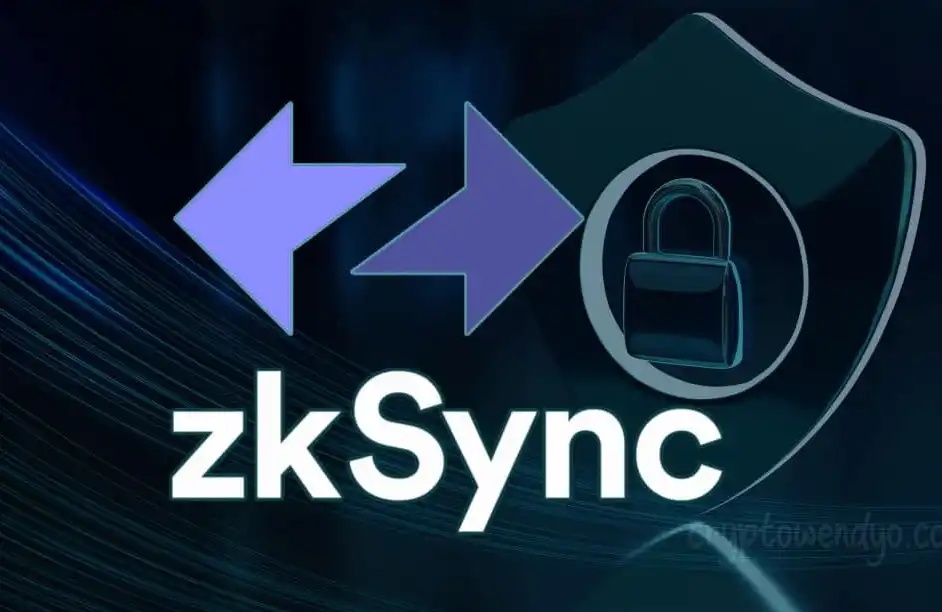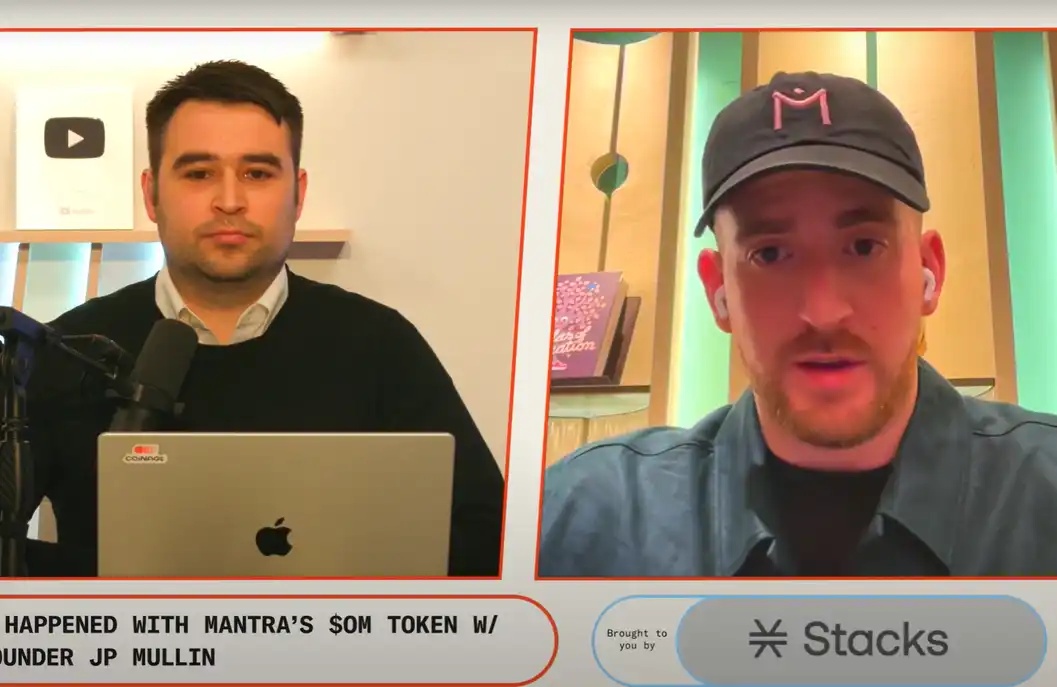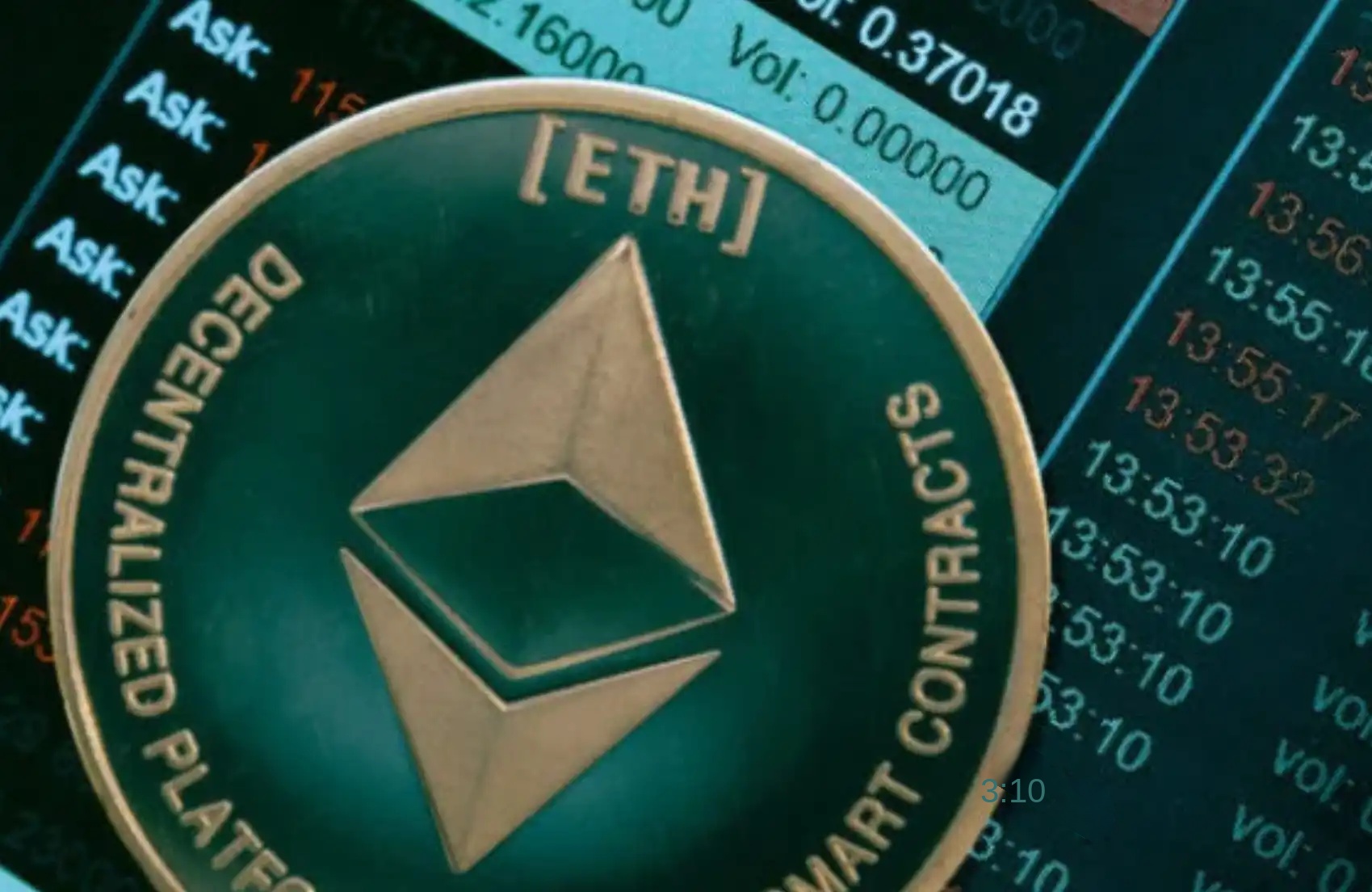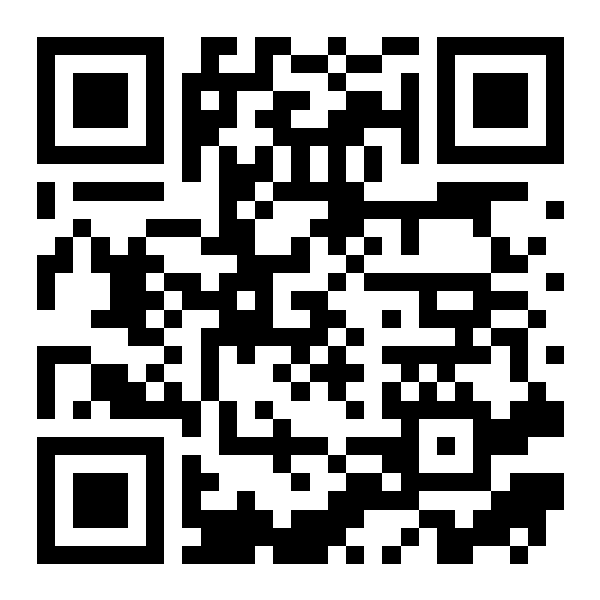ZKsync Loses $5 Million in Hack, Token Price Plunges, Once L2 Darling Now in Shambles
On April 15, the on-chain ZK token price of ZKsync, one of the "Ethereum's Big Four Layer 2s," suddenly plunged. At the time of writing, the ZK token price is currently trading at $0.0444, with a 24-hour drop of over 14%, quickly attracting community attention. In response to the event, some CEX platforms have already suspended ZKSync deposits and withdrawals.

Event Summary
The ZKsync team promptly responded to this incident. At 9:49 PM on April 15, the team issued a statement, stating that their security team had discovered a compromised admin account at the core of the event. This account controlled around $5 million worth of ZK tokens, which were not generated out of thin air but rather originated from the remaining tokens from a previous ZKsync airdrop event that had not been claimed.

The official announcement emphasized that behind the abnormal minting and selling was an isolated incident caused by a compromised key, limited only to the airdrop contract itself. Currently, ZKsync is taking necessary security measures and explicitly stated that all user funds are safe and have never been at risk; the ZKsync protocol and ZK token contract remain unaffected, with no additional tokens at risk of being stolen.
At 11:25 PM on the same day, ZKsync released an update on the latest developments of the breach, stating, "The investigation shows that the admin account responsible for managing the three airdrop distribution contracts has been compromised. The compromised account address is: 0x842822c797049269A3c29464221995C56da5587D. The attacker called the sweepUnclaimed() function, minting around 111 million unclaimed ZK tokens from the airdrop contract. This transaction increased the total circulating token supply by approximately 0.45%. This incident is limited to the airdrop distribution contract, and all mintable funds have been minted. Further attacks cannot be carried out through this method. The ZKsync protocol, ZK token contract, all three governance contracts, and all active token cap minters were not affected by this incident and will not be affected."
Despite the official attempts to calm the market sentiment, the severe fluctuation in the ZK token price is an undeniable fact, and more importantly, the community seems to be highly skeptical of the official narrative.
Many community members have pointed out that this operation was premeditated rather than the official claim of a random breach event. ZKsync first minted 1.1 billion $ZK on-chain, followed by continuous dumping of 66 million tokens, staging a "guardian self-theft" drama.

@yuyue_chris stated that the ZKsync incident is another example of recent "centralized manipulation tactics." The abnormal issuance is seen as a blatant act of misconduct, destroying investors' trust in VC projects. The official response was deemed "completely perfunctory."

In recent years, Layer 2 competition has become increasingly fierce. Previously, ZKsync halted its liquidity plan due to the bear market's impact, leaving some investors disappointed. Now, with the emergence of a security scandal, it is undoubtedly a further blow.
L2's Former Star, Now in a Mess
ZKsync is Ethereum's Layer 2 scaling solution, which significantly reduces transaction fees and increases speed by moving transaction processing from the Ethereum main chain to a sidechain. ZKsync utilizes ZK Rollup technology, which was once considered the future direction of Layer 2 due to its efficiency and security.
In the Layer 2 arena, ZKsync was once touted as one of the "four major players" alongside Arbitrum, Optimism (OP Rollup camp), and Starknet (also under ZK Rollup), enjoying unparalleled attention.
However, today, ZKsync's performance has not been satisfactory. Since last June's airdrop, ecosystem activity has plummeted. Data shows that the number of active addresses on ZKsync has decreased by 83.5%, and the daily transaction volume has dropped by a staggering 86%. In the June airdrop plan last year, 3.6 billion ZK tokens were distributed to 695,232 wallets, but according to Nansen data, over 40% of recipients liquidated directly, 41.4% partially sold, and only 17.9% chose to hold. This indicates that the airdrop did not effectively incentivize long-term participation but instead exacerbated selling pressure.

Moreover, ZKsync seems to have had a "Rug Chain" label for some time. In April 2023, SyncDex Finance allegedly executed a Rug Pull, causing the disappearance of funds staked over 100 ETH and 98,444.8 USDC, with the official channels shutting down. In less than a month, the SHIBERA project drained the liquidity pool and exit scammed. In July of the same year, Kannagi Finance's TVL plummeted from $2.13 million to $24, and the official account was deactivated. In May of last year, the project xBank Finance also appeared to go to zero, with the official account being frozen.
Related Reading: "ZKsync Issues New Tokens, But Why Did Eco Projects Flee First?"
It's not just ZKsync, even the former Ethereum Layer 2 "top players" have been struggling. In March 2024, Ethereum completed the Cancun upgrade, bringing the focus back to the Layer 2 space. However, according to Artemis data, the number of daily active addresses of ZKsync, Arbitrum, Optimism, and Starknet peaked in the second quarter of 2024 and then seemed to decline. Among them, ZKsync saw a peak in active addresses in April and June 2024, reaching nearly 1.4 million, far surpassing other Layer 2 projects. However, after the airdrop on June 17, the number of active addresses quickly dropped, reaching a low point by the end of July, with a slight rebound thereafter but still lingering below 200,000 in the long term.

As the competition in the Layer 2 space heated up, ZKsync and other ZK Rollup projects failed to maintain their early advantages. Base's rise, with the Coinbase smart wallet's low entry barrier and nearly twice the daily transaction volume of Arbitrum, attracted a large number of users, leading to a significant market share shift. In addition, Ethereum ecosystem applications, such as memes, DeFi, etc., were diverted to Layer 1 chains like Solana, causing many Layer 2 solutions to gradually become "ghost chains" with little use.
Related Reading: "Layer 2 Mid-Year Review: Base Surpasses Optimism to Become the Second Largest Layer 2; zkSync and Starknet Face Ecosystem Challenges"
Whether this recent event involving ZKsync is truly a hack or another case of "rug pull" manipulation is still inconclusive. However, to regain community trust and return to the top ranks of Layer 2, ZKsync must take more practical actions to prove itself. As for the entire Layer 2 space, how to transition from a "traffic bubble" to real value creation under the pressures of intense competition and diversion may be a more significant proposition than technology itself.
Welcome to join the official BlockBeats community:
Telegram Subscription Group: https://t.me/theblockbeats
Telegram Discussion Group: https://t.me/BlockBeats_App
Official Twitter Account: https://twitter.com/BlockBeatsAsia
 Forum
Forum OPRR
OPRR Finance
Finance
 Specials
Specials
 On-chain Eco
On-chain Eco
 Entry
Entry
 Podcasts
Podcasts
 Data
Data


 Summarized by AI
Summarized by AI







